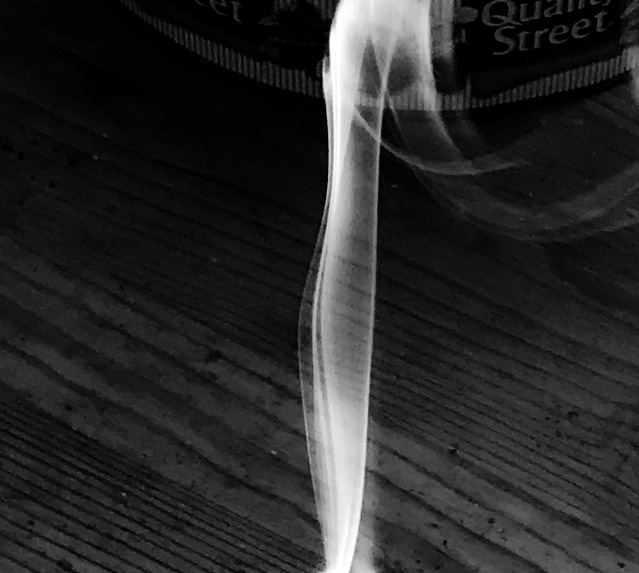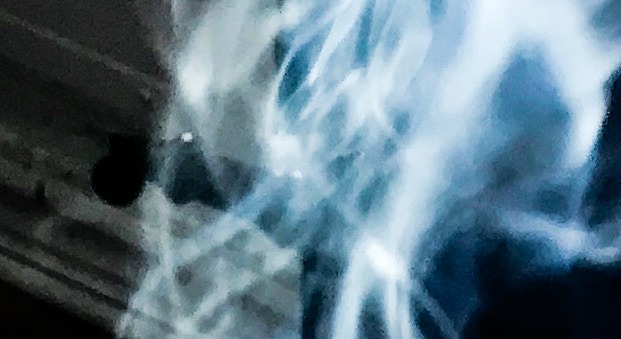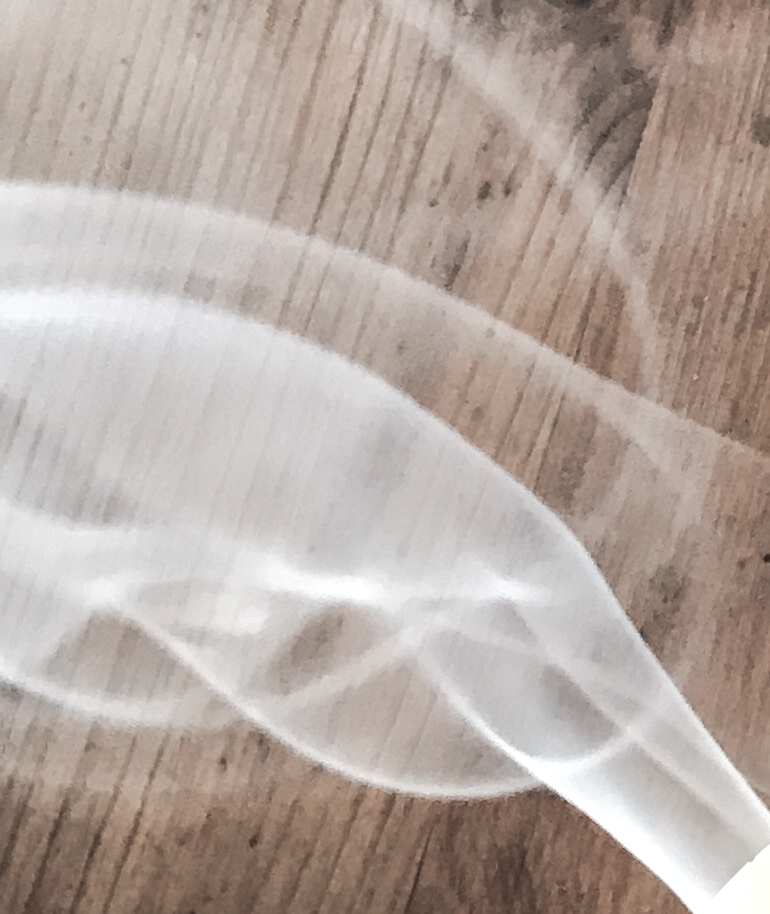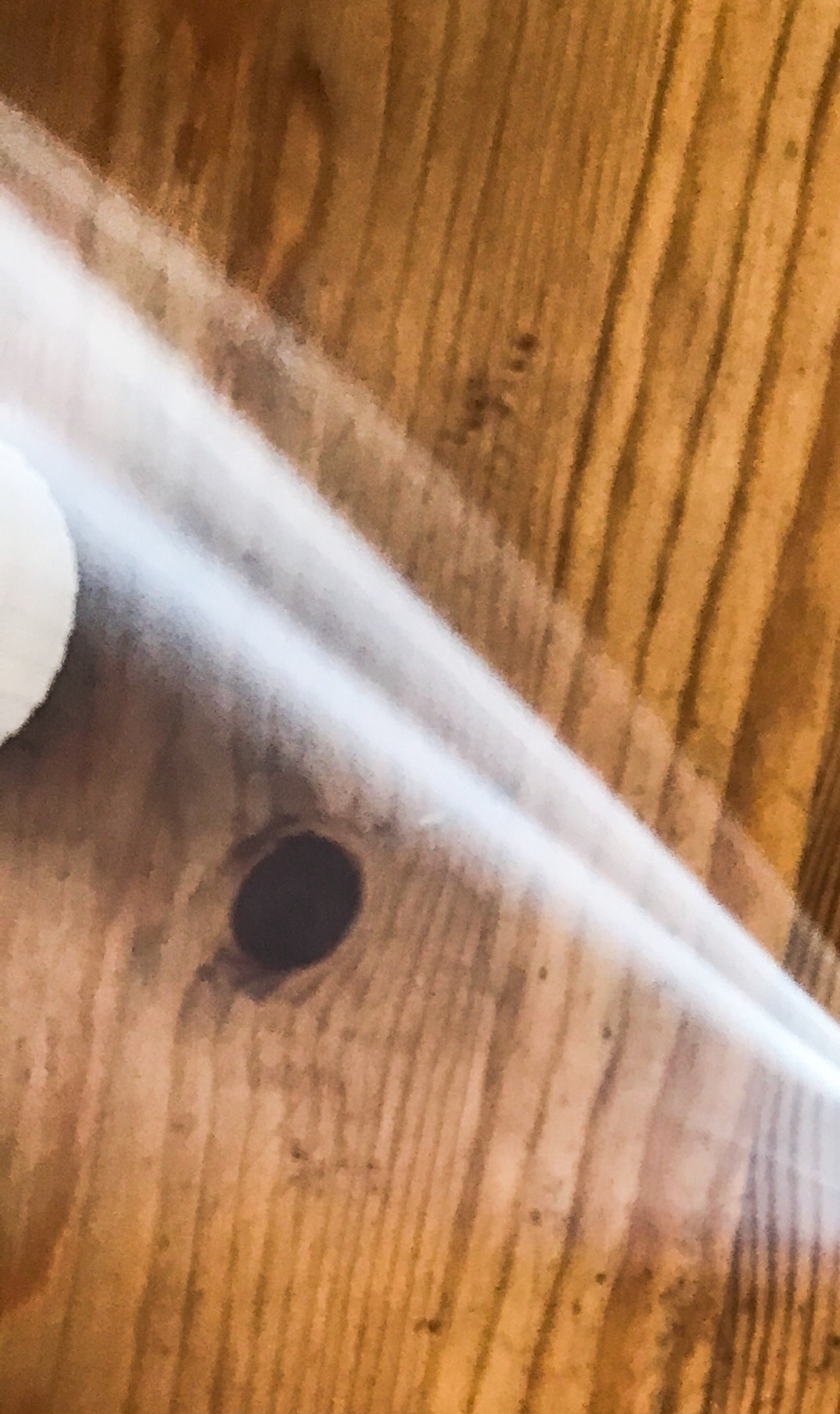RESIDENTS
- a moment of realisation, change and/or disruption
As someone who also considers the written word as an extension of visual forms, I wanted to move away from the ocular-centrism apparent in much of life. My week-long intensive addressed this by guiding participants through the act of burning a material of their choice and sitting with their embodied experience that emerged from small instances of combustion.
- a moment of connection
Fellow resident Zina Zarour mentioned that Israeli occupying forces have set fire to olive trees on Palestinian land as an act of aggression. Thinking of fire/combustion as an archive/trace, this showed me another instance of more-than-humans being subjected to colonial violence around the world, and what can be left in that wake.
- a question you are left with
What does embeddedness mean in the face of fragmentation, movement, migration and other forms of humanitarian and more-than-humanitarian crises that is currently occurring in the world? Which of our senses is most potent as a site of embedding in the post-pandemic world?





In this series of photographs, I have captured images of smoke. As fire and combustion has been the main focus of my investigations over the last few years, it has become apparent it is not so much the flame that is at the centre of our collective curiosities but everything surrounding it, temporally and spatially. Lest we get burnt trying to occupy the same place as the flame itself, our preferred form of aligning physically to the prospect of a flame, regardless of size is by disciplining our bodies around it. In smoke, the flame gets fragmented and diffracted through the atmosphere, carrying with it particulate matter, and the olfactory properties of what is undergoing combustion. Accordingly, smoke becomes the olfactory messenger that creates a direct relationship between observers of a flame and their internal worlds and organs as it is carried through the nostril through the shared atmospheric space. Capturing olfactory sensations digitally is not yet possible, but perhaps, still images of smoke emanating may let us get close to the proverbial fire of their origin.
As I set aflame certain herbs of choice on a pandemic weekend, my intention was to connect to their being in the world in synergy with my physical and embodied spaces. The smoke, while part of a transient flow in indoor atmospheres, manifests the physical phenomenon of simultaneous embedding and fragmentation. It colours the air that is otherwise invisible and draws one’s attention into the visibility of increasing entropy in one’s space.
RESOURCES
PHOTOGRAPHS
I'm Aadita. I'm currently based in Toronto, Canada. I am a PhD candidate at the Department of Science and Technology Studies at York University. I study the intersection of science, technology, society and the arts from the methodologies and perspectives ranging from history, sociology, anthropology, philosophy and the humanities writ large. My PhD research projects traces the understanding of fire/combustion phenomenon in ecosystems and built environments through different narrative streams - from wildfires to fires in cities like the Notre Dame cathedral in Paris and Grenfell Tower in London. For this research, I use a combination of history, image sources and ethnography to curate and situate fire as an ever-present yet temporally- and spatially-bounded, elusive and charismatic entity that can be taken to be a forensic point of entry to understand the interplay of a variety of social forces that have led to the creation of what has been described by many terms - the Anthropocene, capitalocene, plantationocene, etc. As such, I am interested in themes of fragmentation, especially with regards to human-nature relationships, which I explore through image, ethnography and poetry.
Most recently, I attended the Irish Museum of Modern Art's summer school in Art and Politics. I am hoping to use this residency to think further about the themes of fragmentation in research and arts practice, especially as practitioners are faced with unique challenges due to the pandemic, and how to best introduce arts-based methodologies into my home discipline of science and technology studies. More specifically, I will be thinking about "the field" in research, artistic and curatorial practice, as many practitioners currently lack access to it due to the pandemic, as a result of which "the field" and the practice itself becomes fragmented.
I also like to think about planetary and human futures, and my most recent publication on this topic was co-written with Prof. Audra Mitchell for the journal International Relations.
I also hope to develop a more streamlined research creation process with the use of image, affect and creative writing to showcase the emotional landscapes of moving through ethnographic research/natural disasters/contact with the elemental forces of nature.
Website:
www.aaditachaudhury.com
Twitter: @thylacinereport
Instagram: @atidaac
TRACES
PROCESS
END OF RESIDENCY WEBZINE
ABOUT